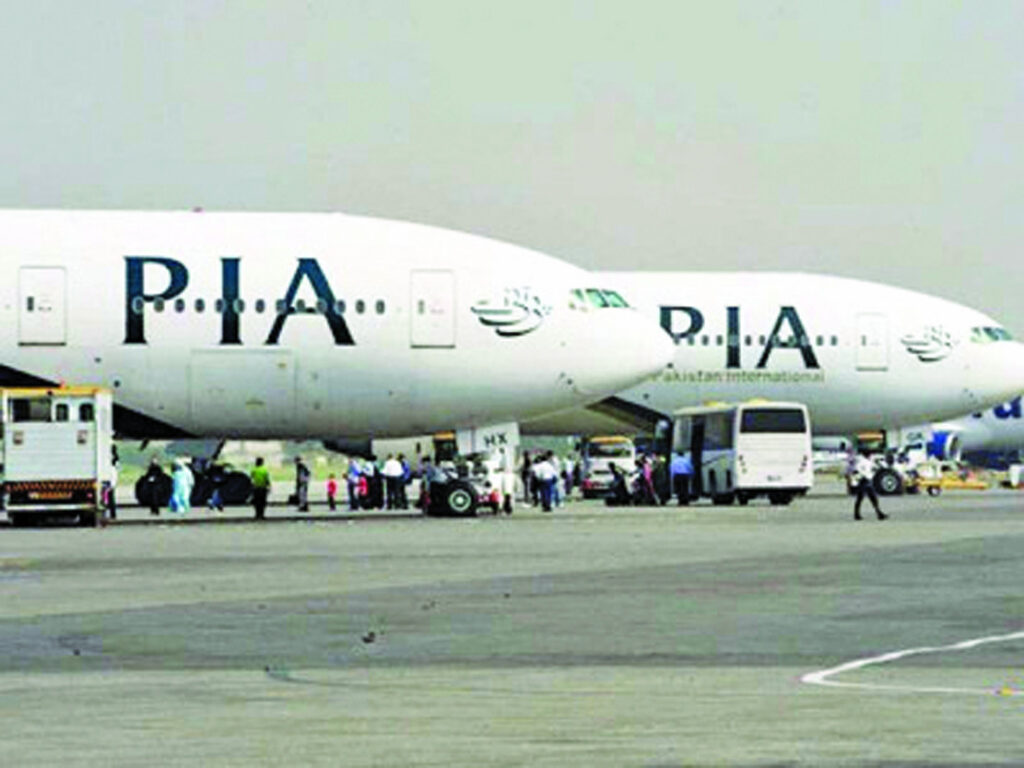ISLAMABAD:
The term “reforms” has been so misattributed and misused in Pakistan that any mention of reform sounds like an empty promise without any genuine strategy for change. A new report titled Pakistan Reforms Report (PRR) 2025 has been published recently. The report, published by Mishal Pakistan, applauds the government for instituting “more than 100 reforms” in 2024, citing a number that raises more questions than it answers. Furthermore, a closer look at the report suggests that most of these reforms are wrongly termed as such because they are either a mere continuation of previous plans or solely steps taken to track previous programs.
Surprisingly, the report mentions that the government privatised seven loss-making State-Owned Enterprises (SOEs) in January 2025. While the names of those SOEs are not provided, this claim alone seriously weakens the credibility and authenticity of the report. While the case of the privatisation of Pakistan International Airlines (PIA) is no mystery to anyone, it is clear that the current government has not completed any privatisation transaction. The last successful transaction was closed in February 2024.
While the government is not hiring employees for vacant seats and has abolished 150,000 vacant positions to cut anticipated government expenditures (if these positions were to be filled), commercial SOEs are still functional and are incurring billions of rupees in losses to the country.
Most SOEs, including those in the transport and energy sectors, continue to suffer from financial burdens and management inefficiencies. Thus, it is essential to verify whether any liquidation or restructuring of these SOEs has taken place.
The World Economic Forum, for which Mishal serves as a country partner, publishes the Global Competitiveness Report, evaluating economies based on 12 key pillars, including innovation, business environment, efficiency of the labour market, and financial system of the country.
One would expect the section on the economic competitiveness of Pakistan to provide an analysis based on global rankings, focusing on ease of doing business, productivity, innovation, and economic efficiency. However, the section largely applauds the Special Investment Facilitation Council (SIFC) for its role in supporting economic recovery. While SIFC’s efforts in attracting investment and addressing governance bottlenecks are debatable, the report lacks any reference to actual competitiveness indicators, making it more of a political endorsement rather than an analytical assessment.
According to the latest Global Competitiveness Report, Pakistan ranks 110 out of 140 countries, underlining the fact that the country is far from being a globally competitive nation. This ranking indicates persistent barriers in innovation, regulatory inefficiencies, and weak infrastructure. While the government touts progress in ease of doing business, the reality is that Pakistan still faces systemic challenges in fostering a business-friendly environment, reducing red tape, and encouraging advanced technological adoption. Without structural reforms in key areas such as tax policy for businesses, research and development, and institutional efficiency, Pakistan’s competitiveness is not expected to make a stark shift in the rankings.
On the fiscal management front, the Pakistan Reforms Report highlights that pension reforms could potentially save Rs1.7 trillion over the next decade through the contribution fund scheme introduced in 2024. However, this scheme applies only to new entrants in government services, meaning its impact on reducing pension expenditures will take considerable time. Meanwhile, pension expenditure for existing beneficiaries in FY24 alone stood at Rs1.2 trillion, and with a 15% increase announced in the FY24-25 budget, the financial burden remains substantial. Pakistan can look to successful pension reform models in countries like Chile and India, which have implemented structured transitions to reduce long-term liabilities.
On the fiscal side, the most significant reform area pertains to tax policy rates and the complexity of the tax system. The report, as well as the Economic Transformation Agenda, remains silent on this issue. While technology can help, in the absence of real policy reforms, it cannot fix the deep-rooted problems.
While the country is at a crossroadsas alwaysand is in dire need of actual economic and governance reforms, it is important that only implemented reforms are recognised as such. Announcing policies and making administrative changes don’t constitute actual reforms unless concrete execution and measurable outcomes are produced.
The Pakistan Reforms Report highlights several initiatives taken by the Pakistan Muslim League-Nawaz (PML-N) government, some of which are potentially viable and can pave the way for long-term progress. Some of these reported reforms should be acknowledgedsuch as allowing Pakistani IT companies to retain foreign exchange earnings in dollars.
Most of them, however, should not even be called reforms. For example, the creation of new regulatory authorities cannot be classified as reforms. Also, enforcement of limitations on government-sponsored trips cannot be considered a reform, though it can be appreciated as a step to reduce public spending.
As a rule, policy debate should be based on quantifiable and achievable actions rather than aspirational claims, or else political claims in the long term can lose their essence and trust. The future of the country depends not merely on announcing reforms but on real, transformative actions that bring structural changes and unleash sources of economic prosperity for our people.
THE WRITERS ARE AFFILIATED WITH PRIME, AN INDEPENDENT ECONOMIC POLICY THINK TANK BASED IN ISLAMABAD
- Desk Reporthttps://foresightmags.com/author/admin/











